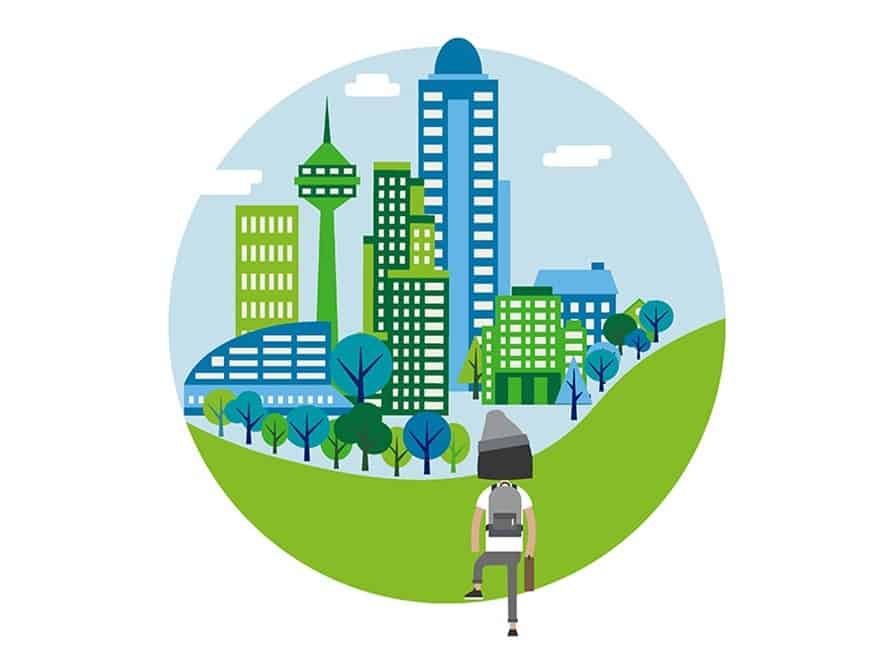What is website translation?
The definition of website translation is the process of translating some or all of the content on
your site into another language. No matter what service or product you’re providing, if you want
to connect with customers, it’s important to provide content in the native language of your
target audience. Failing to do so will make reaching your target audience extremely difficult,
and can prevent them from engaging with your website and brand altogether.
What is website localisation?
Website localisation is a targeted form of translation, aiming to create a personalised
experience for the audience. Unlike standard translation, localisation involves being aware of
cultural nuances and consumer preferences. Translators must understand their respective nation’s
cultural quirks, traditions and superstitions to effectively localise the content they are
translating. This can involve everything from changing colour and images on marketing material,
to altering the fonts on your flyers and the layout of your website.
How to translate a website?
Making sure that you plan, execute and manage a successful website translation project is easier
said than done – fail to plan and your project can quickly run away from you. Looking at things
like videos, images, SEO, and other technical areas are key to getting a multilingual website
off the ground. Once your planning is successfully underway, you’ll need to choose a translation
services partner that can help you achieve your business goals.
 Case Study
Case Study Case Study
Case Study Case Study
Case Study Case Study
Case Study Case Study
Case Study Case Study
Case Study Case Study
Case Study Case Study
Case Study Case Study
Case Study Case Study
Case Study Case Study
Case Study Case Study
Case Study Case Study
Case Study Case Study
Case Study Case Study
Case Study Case Study
Case Study Case Study
Case Study Case Study
Case Study Case Study
Case Study Case Study
Case Study Case Study
Case Study













